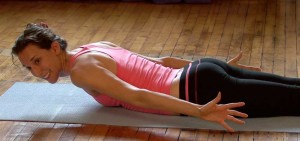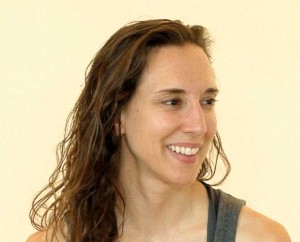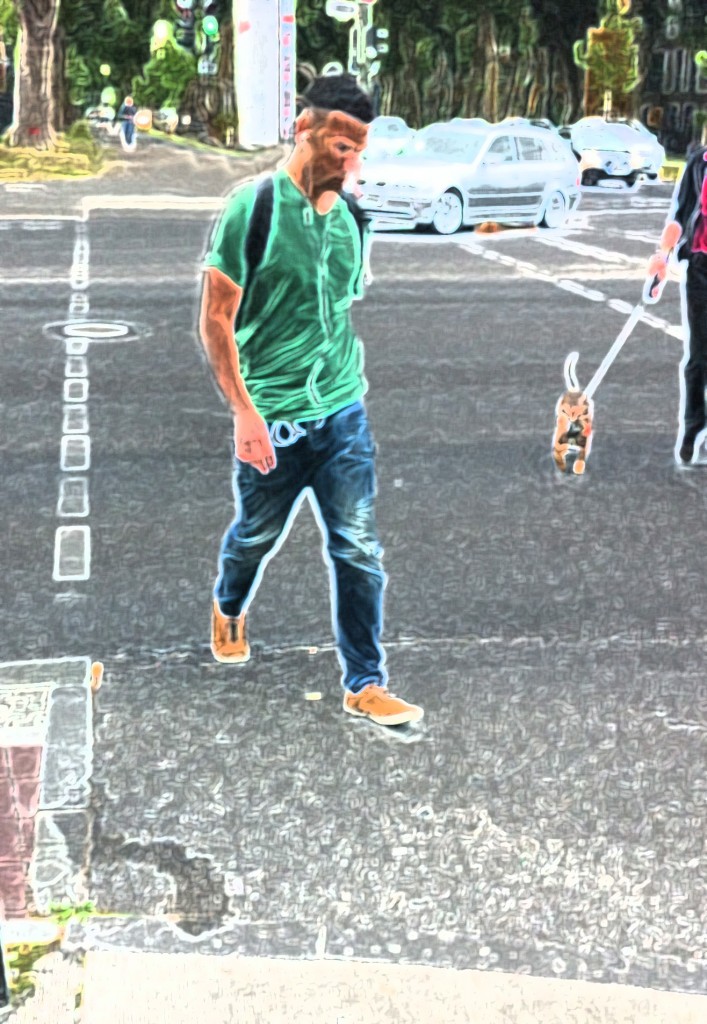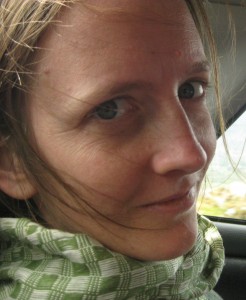 People are often surprised that I have chronic pain, because I am a yoga teacher and the two are somehow supposed to cancel each other out. If only it were so simple! In my life, it’s been a more nuanced relationship—I got into yoga because of chronic back
People are often surprised that I have chronic pain, because I am a yoga teacher and the two are somehow supposed to cancel each other out. If only it were so simple! In my life, it’s been a more nuanced relationship—I got into yoga because of chronic back
pain (and a whole host of attendant emotional and psychosocial issues), and my practice has, over the years, both helped me and hindered me in coping with pain and injury. When it’s helped me, it’s been because it has helped me to relax, centre, clear away my mental chatter, calm my nerves, and teach me to tune in to my body’s needs and capacities on any given day. When it’s hindered me, it’s been because of a combination of my own unrealistic expectations of myself and a culture of yoga classes that emphasizes fast and hard yoga asana practice, rather than slowness, deliberation and boundaries. Overall, though there have definitely been bumps along the way, yoga (and all different types of yoga, including yoga asanas, yoga nidra, hatha yoga, vinyasa yoga, pranayama and meditation) has helped me enormously.
I picked up some tips along the way, and would like to share them with other people who have pain, limited mobility or (dis)ability issues. This is what I have learned about practicing yoga with chronic pain—I hope it’s helpful to you and good luck on creating a style of yoga that fits and nurtures you.
Select Your Teachers Carefully
Unfortunately, many yoga teachers aren’t actually trained in the kinds of modification and adjustment you might need. This isn’t their fault—it’s because the standard of training (the 200h training that most teachers have) doesn’t address injury and limited mobility adequately. Someone with a 500h training may have more knowledge, but may also not. The best thing is to find a teacher who, through their own practice and teaching, has had injuries themselves or has made it a priority to learn about injury. Look for a teacher with a lot of experience; it’s also great if they are trained as a physiotherapist, massage therapist or other bodyworker, or if they have connections to such practitioners that they can recommend to you. Such a person might also not be working in a yoga studio, but rather giving yoga classes in a different setting. (This is because studios are often run on a very specific profit-maximizing and class-stuffing business model, and people who’ve been teaching for many years are often not compatible with it!) Most important of all is to find a teacher who puts you firmly in the driver’s seat, who gives you the information and then allows you to decide how far to go with it.
Select Your Style Thoughtfully
There are many different types of yoga. I would encourage you to try a few different styles, and then select what you need on any given day or week. Yoga benefits you in many different ways. For example, if you are having a pain flare, you might find restorative yoga or some other gentle yoga to be most helpful. If you’re feeling anxious, you might want something with more movement, or more meditation. I would suggest starting with slower styles—like Hatha Yoga or Classical Yoga. Chair yoga is also a great option for people with limited mobility. When you feel that you know your own body’s preferences and limits, you can try a more dynamic style (like Vinyasa Yoga or Ashtanga Yoga). Be careful with hot yoga, or with very fast-paced yoga classes; they can be a lot of fun, but it’s often challenging to listen to your own boundaries in such environments. It’s easy to overdo it and aggravate pre-existing problems.
Do Your Research
Don’t rely on a teacher to know what your body needs or shouldn’t do; It’s great if s/he can inform you, but it’s ultimately your responsibility. You’ll feel more empowered if you actively search for information, and then can make better decisions. If, for example, you have hyper-mobile shoulder joints or a slipped disc, it’s a good idea to ask your other healthcare practitioners about particular movements that might be dangerous for you. Of course, ask your yoga teacher, too—but don’t rely solely on their opinion.
If You Need To, Do Your Own Thing In Class
So, let’s say you have some disc issues in your lower back. And let’s say your teacher is teaching a lot of forward bends on a particular day, because other students are interested in learning them. And let’s say that, due to your research, you know that forward bends are something with which you should be careful. You can start by modifying the postures (and asking the teacher for ideas about how to do so). But, you know what? If you modify and it still hurts or feels like too much, just don’t do it. Feel free to rest in Savasana until the sequence is over, or do some other asana or pranayama while the other students are bending forward. A good teacher will support you in this, and won’t take it personally. Remember, it’s your time and your practice—do what’s best for you.
Practice Alone—It Will Help You Learn Your Boundaries Honestly
We’re social animals and we all like to feel part of the group. Unfortunately, when the group is moving in a specific way and you can’t follow, it’s very common to try and push and see if maybe you can get there today. Everyone with chronic pain or disability issues knows these thoughts. If they come up for you in yoga classes (and they often will, even in very gentle yoga or yoga for beginners classes), the best way to counter them is to balance your yoga studio practice with home practice. Then, with time and space, you can figure out what works for you, and you can come to a class prepared to respect and love your body’s limits.
Share Your Feelings About It
When you feel isolated, frustrated, invisible, hurt—find a way to let it out. Part of the journey of dealing with pain is learning to share it, verbalise or otherwise express it. Pain is often a silencing and isolating experience, and making it a social experience lessens the burden drastically. You might want to let your teachers know. You might not. It’s entirely up to you, how and with whom you share your emotions, but that you do share in some way is a very important part of learning to cope with your body’s limitations, negotiate this in relationships and celebrate what you do have and how great it is.
If you are looking for injury-, pain- and disability-aware yoga in Berlin, please don’t hesitate to contact us or drop into a class. We offer yoga nidra, hatha yoga, vinyasa yoga and classical yoga, in small classes with experienced teachers. You can see our yoga Berlin Kreuzberg schedule here.
 We’re excited to announce that, on August 22nd, our last community yoga class before the summer break will be taught by visiting functional anatomy specialist and yoga teacher Sara Hauber!
We’re excited to announce that, on August 22nd, our last community yoga class before the summer break will be taught by visiting functional anatomy specialist and yoga teacher Sara Hauber!














